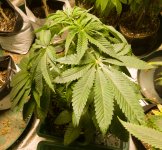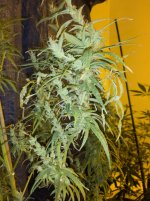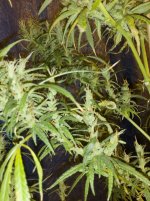@hempy
The Haze Whisperer
The long season and short season was told to me by a Maui local they have been growing like that for years i know people that grow a long and short season in parts here.
Lets be honest here Colombia got hammered by the DEA/ CIA and i am surprised that any vegetation is still left after the amount of poisons they sprayed by planes threw the years over Colombia.
I watched a great YouTube series of a guy that road his Harley from the US down threw Mexico to Bolivia threw Colombia and it really gave you a understanding of the terrain and Environment its very different to were you come from.
Lets be honest here Colombia got hammered by the DEA/ CIA and i am surprised that any vegetation is still left after the amount of poisons they sprayed by planes threw the years over Colombia.
I watched a great YouTube series of a guy that road his Harley from the US down threw Mexico to Bolivia threw Colombia and it really gave you a understanding of the terrain and Environment its very different to were you come from.






